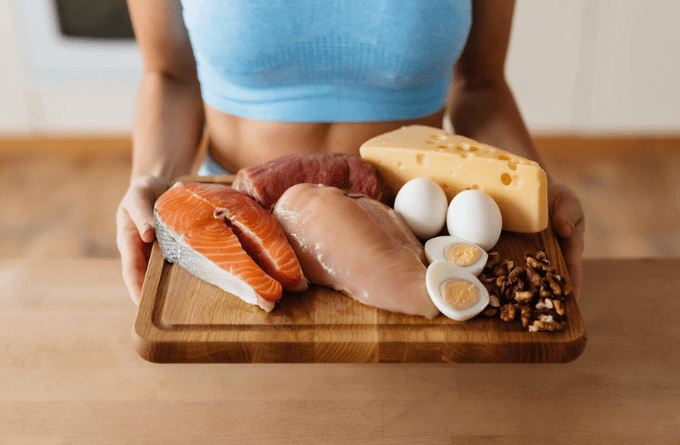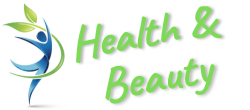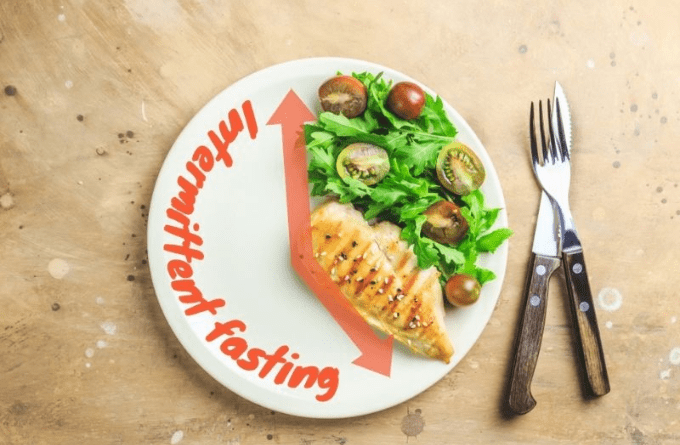
Understanding Protein and Its Role in Satiety
Protein is one of the three essential macronutrients the human body requires, alongside carbohydrates and fats. It is a key building block for tissues, enzymes, hormones, and immune molecules. Biologically, protein is made up of amino acids, some of which are termed essential because the body cannot synthesize them and must obtain them from dietary sources. Incorporating protein-rich foods into your diet not only nourishes the body but also plays a significant role in regulating hunger and satiety.
The consumption of high protein diets has been associated with several physiological effects that contribute to a feeling of fullness. Research indicates that protein influences the release of hormones that suppress appetite, such as glucagon-like peptide-1 (GLP-1) and peptide YY (PYY). These hormones promote a sensation of satiety, which can help prevent overeating. Moreover, protein consumption can lead to a decrease in ghrelin levels, the hormone responsible for stimulating hunger. This intricate interplay between protein and hunger hormones illustrates the importance of including lean protein options in a balanced diet to help maintain healthy body weight and overall wellness.
In addition to its effects on hunger hormones, a high protein diet also aids in boosting metabolism. The thermic effect of food (TEF) refers to the energy expenditure associated with digesting, absorbing, and metabolizing nutrients. Protein has a higher TEF compared to fats and carbohydrates, which means that a greater amount of calories is burned during its digestion. Furthermore, consuming protein-rich meals can lead to enhanced muscle development and preservation, which is critical for maintaining a healthy metabolism as muscle tissue burns more calories than fat tissue.
Scientific research consistently highlights the link between increased protein intake and improved feelings of fullness. For those looking to manage their weight or reduce cravings, focusing on protein-rich foods can be an effective strategy. As we further explore dietary practices in the following sections, understanding the integral role of protein in satiety will serve as a fundamental pillar in building a practical approach to healthier eating habits.
Sources of Protein: Where to Find It
When considering a high protein diet, it is essential to recognize the variety of protein sources available, which can be broadly categorized into animal-based and plant-based options. Animal-based protein sources, including meat, poultry, fish, eggs, and dairy products, are typically considered complete proteins. They contain all the essential amino acids that the body requires for various functions. For example, chicken breast and salmon are excellent lean protein options—rich in protein while being lower in fat—making them ideal choices for those looking to increase their protein intake without excess calories.
In contrast, plant-based protein sources are becoming increasingly popular and include a range of legumes, grains, nuts, and seeds. Foods such as lentils, chickpeas, quinoa, and chia seeds are excellent protein-rich foods that can help individuals transition to a more plant-centric diet. Although many plant proteins are incomplete, combining different sources—such as rice and beans—can yield a complete amino acid profile. This approach supports the notion of feeling full with protein while also providing the added benefits of dietary fiber and essential nutrients.
When aiming to incorporate more protein into your daily meals, practical tips include adding Greek yogurt to smoothies, snacking on nuts, or including a variety of beans in salads and soups. Additionally, understanding the myths surrounding protein consumption is important. For instance, some believe that high protein diets must come solely from animal sources; however, a well-balanced diet can adequately meet protein needs through various plant-based options. Moreover, the quality of protein can differ significantly, with some foods containing more bioavailable protein than others. Thus, focusing on protein-rich foods that also provide other essential nutrients is key to a successful high protein diet.
How to Integrate More Protein into Your Diet
Integrating more protein into your diet can be accomplished through several practical strategies that encourage the consumption of protein-rich foods while maintaining a balanced nutritional profile. One effective approach is meal planning. By incorporating high protein diet principles into your weekly meal prep, you can ensure that each meal includes lean protein options that support sustained energy levels and enhance feelings of satiety.
When planning meals, consider recipes that prominently feature protein-rich ingredients. For instance, start with a breakfast that combines eggs or Greek yogurt with fruits or whole grains. These not only provide protein content but also include fiber, promoting overall health and satiation. During lunch, consider preparing a quinoa salad filled with beans or grilled chicken, thereby integrating multiple sources of protein along with essential nutrients. Furthermore, snack time allows for ample opportunities to introduce protein; opting for nut butter on whole-grain crackers or cottage cheese with fruit can satisfy hunger effectively.
Additionally, simple swaps in your daily meals can significantly elevate your protein intake. Instead of regular pasta, try whole grain or legume-based alternatives which offer higher protein levels. Incorporating more legumes and pulses, such as lentils and chickpeas, into soups or stews can also enhance the protein content of otherwise lower protein dishes. Furthermore, adding a scoop of protein powder to smoothies or baked goods is an effortless way to boost protein without drastically altering the meal’s flavor profile.
It is essential to distribute your protein intake throughout the day; this ensures consistent energy and supports muscle repair. Combining protein with carbohydrates and fats can facilitate better absorption and utilization of nutrients, leading to more effective weight management and enhanced feelings of fullness. By adhering to these strategies, you will successfully enhance your protein consumption and enjoy the myriad benefits associated with a high protein diet.
Challenges and Considerations When Increasing Protein Intake
Increasing protein intake can be a beneficial strategy for those seeking to enhance satiety and maintain a healthy body composition. However, it is important to recognize potential challenges that may arise during this process. One of the main obstacles individuals may encounter is dietary restrictions caused by personal beliefs, cultural practices, or medical conditions. For instance, vegetarians and vegans might find it challenging to incorporate a high protein diet while staying true to their ethical considerations. In such cases, it is crucial to explore plant-based protein-rich foods such as legumes, nuts, and seeds, which can provide adequate protein without compromising dietary choices.
Another consideration is the presence of food allergies, which can limit protein-rich options. Common allergens like dairy, nuts, and shellfish might lead some individuals to feel restricted when seeking lean protein options. For those with such allergies, alternative protein sources like fortified grains, soy products, and certain varieties of legumes can help maintain the desired protein intake without adverse reactions. Additionally, it is essential to monitor portion sizes and ensure that increasing protein does not inadvertently lead to an unbalanced diet that lacks essential nutrients. Integrating a variety of protein sources can help achieve nutritional balance while still adhering to a high protein diet.
Before making significant dietary changes, it is advisable to consult with a healthcare professional or a registered dietitian. They can provide personalized guidance, helping individuals navigate potential challenges and tailor strategies that align with their health goals. Ultimately, a varied and balanced diet, complementing protein-rich foods with fruits, vegetables, and whole grains, ensures optimal health benefits. Considering these challenges and seeking professional advice will assist in successfully adopting a high protein diet that supports overall well-being.
The Top 5 Vitamins for Weight Loss: A Comprehensive Guide
#1. Vitamin D and Weight Loss: How This Essential Nutrient Can Help You Shed Pounds
# 2. Vitamin B12 and Weight Loss: Can This Essential Nutrient Support Your Fat-Burning Goals?
#3. Vitamin C and Weight Loss: How This Antioxidant Can Boost Your Fat-Burning Efforts
#4. Vitamin E and Weight Loss: Can This Powerful Antioxidant Help You Shed Pounds?
#5. Vitamin K and Weight Loss: Exploring the Link Between Nutrient Balance and Fat Reduction








